Introduction
Your lungs are constantly working—drawing in oxygen and expelling carbon dioxide. But with rising air pollution, allergens, respiratory viruses, and smoking, your lungs can become overwhelmed. Herbal remedies have been used for centuries to cleanse the lungs, reduce inflammation, ease breathing, and support overall respiratory function. This article explores powerful herbs for lung health, how to use them, simple recipes, and recommendations on where to buy quality products.
1. Mullein (Verbascum thapsus)
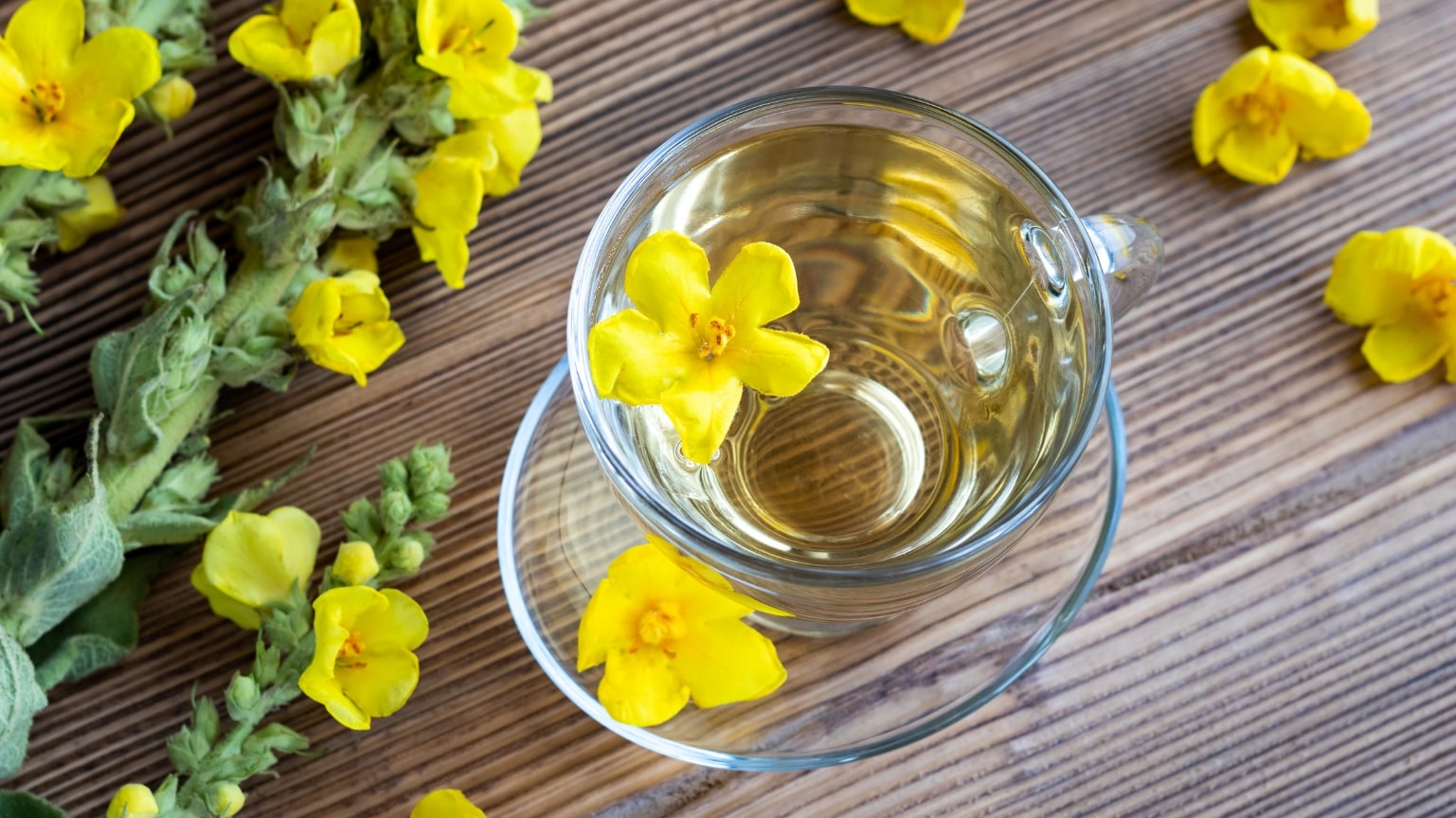
Introduction
Mullein is a traditional herbal remedy praised for its dual action: clearing mucus (expectorant) and soothing irritated tissues (demulcent). It’s often used for asthma, bronchitis, and dry cough.
Ways to Use
- Drink mullein tea (from dried leaves and flowers)
- Use mullein tincture daily
- Inhale mullein-infused steam to relieve congestion
Recipe: Mullein Lung Tea
Ingredients:
- 1 tbsp dried mullein leaves
- 1 tsp dried marshmallow root (optional for extra soothing)
- 2 cups boiling water
Instructions:
- Steep herbs in boiling water for 15 minutes.
- Strain through a fine filter to remove fuzzy hairs.
- Drink 1–2 cups daily for respiratory support.
Why You Should Try It
Mullein offers gentle yet effective support for clearing the lungs and relieving dry, hacking coughs.
👉 Buy organic mullein leaf here — ethically harvested and perfect for daily lung support.
2. Thyme (Thymus vulgaris)
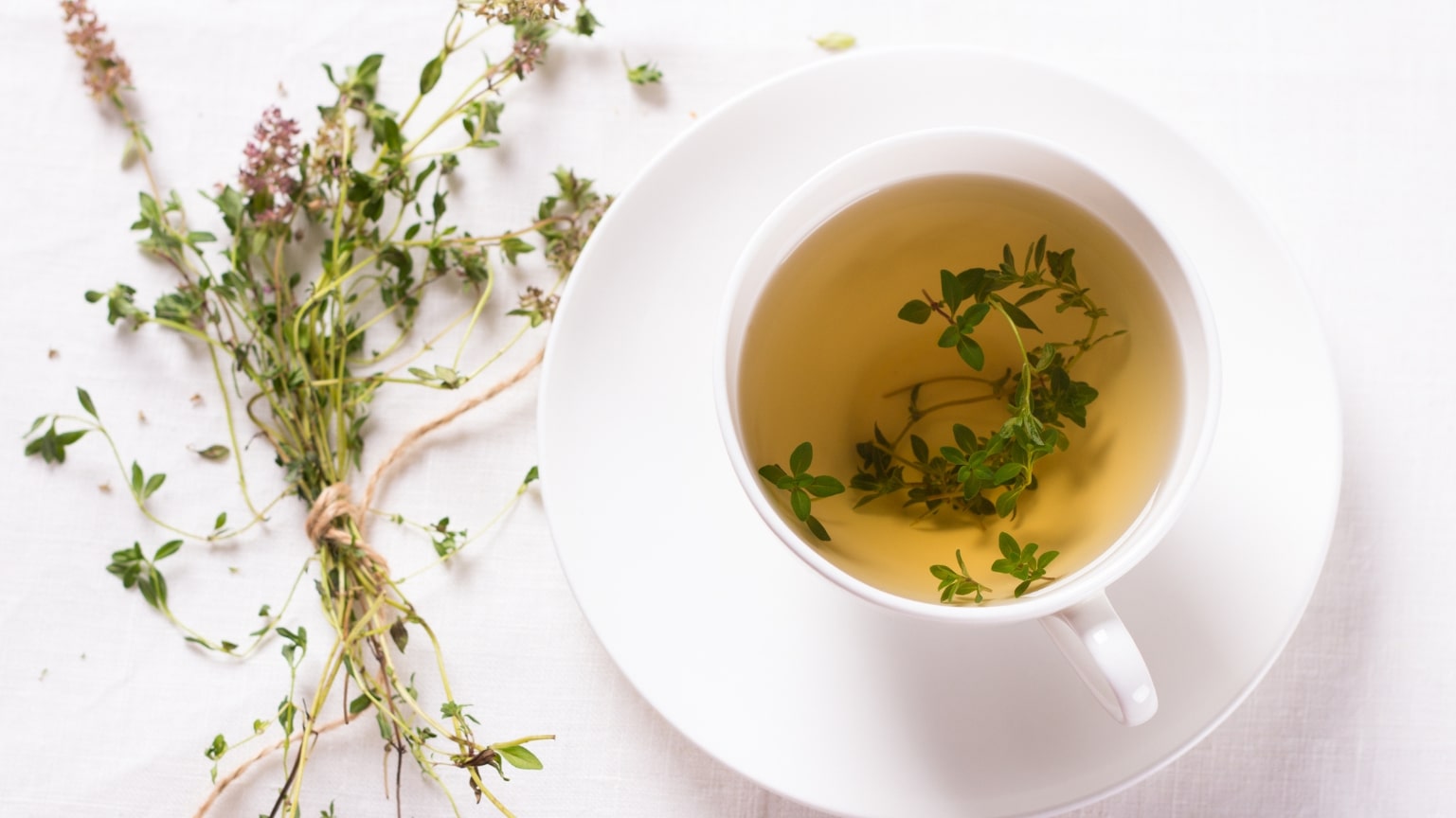
Introduction
Thyme contains thymol, a powerful antimicrobial compound. It’s excellent for clearing chest congestion, easing coughs, and fighting respiratory infections.
Ways to Use
- Thyme tea for soothing and cleansing
- Essential oil in steam inhalations
- Cooking with fresh thyme to get daily benefits
Recipe: Thyme Steam Inhalation
Ingredients:
- 2 tbsp dried thyme
- 1 liter boiling water
Instructions:
- Add thyme to a bowl and pour over boiling water.
- Lean over with a towel over your head.
- Inhale deeply for 5–10 minutes.
Why You Should Try It
Thyme is a natural antibacterial and antiviral powerhouse, especially useful during flu season.
👉 Get therapeutic-grade thyme here — available in dried form or as essential oil.
3. Liquorice Root (Glycyrrhiza glabra)
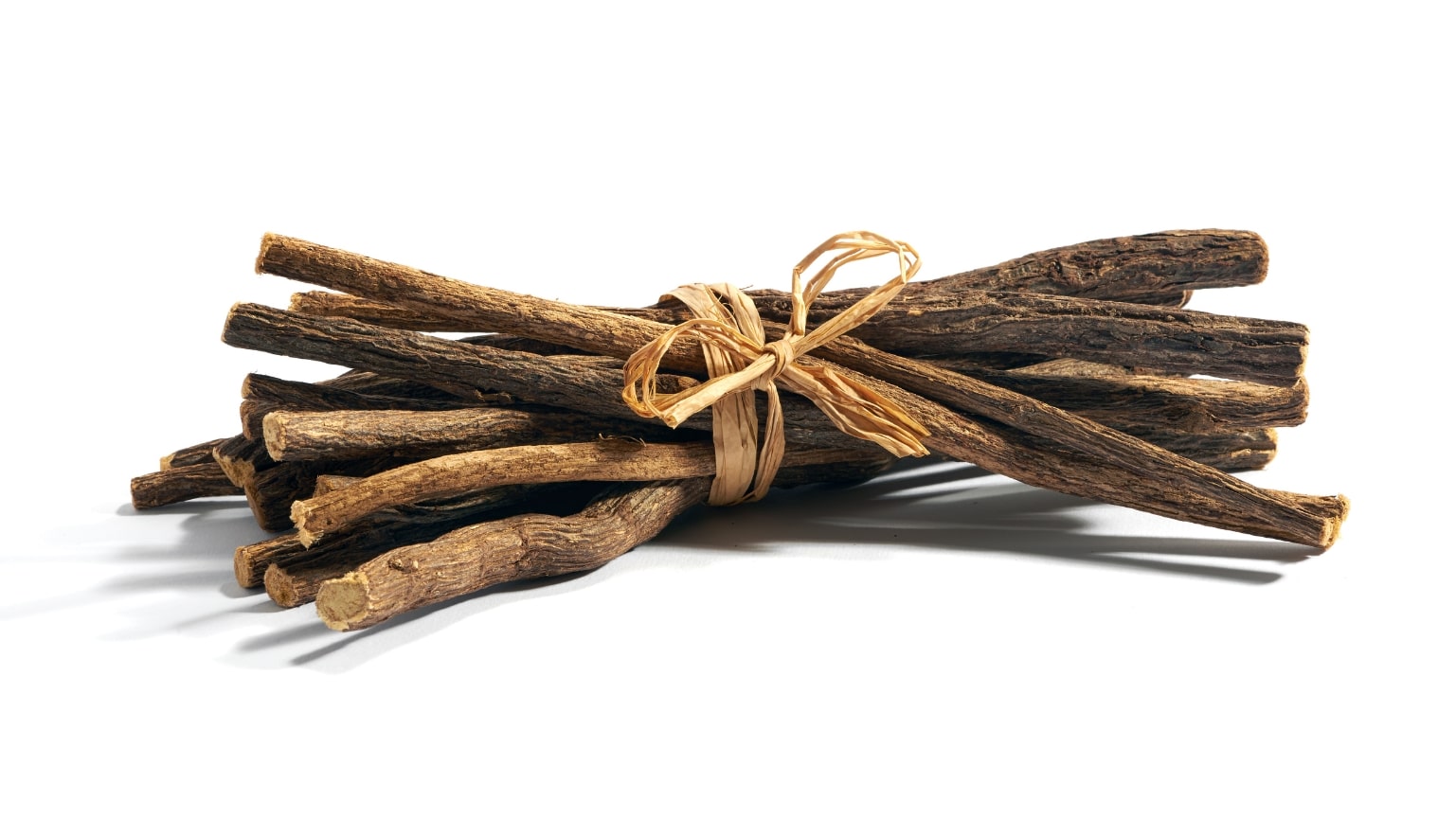
Introduction
Liquorice soothes irritated mucous membranes in the throat and bronchial tubes, reduces inflammation, and supports the adrenal system.
Ways to Use
- Brew into herbal blends
- Use lozenges for cough relief
- Add to tinctures for lung tonics
Recipe: Anti-inflammatory Liquorice Tea
Ingredients:
- 1 tsp dried liquorice root
- 1 tsp cinnamon
- 1 cup hot water
Instructions:
- Simmer liquorice root in water for 10–15 minutes.
- Add cinnamon at the end.
- Strain and sip warm.
Why You Should Try It
Especially helpful for dry, irritated lungs and post-viral coughs.
👉 Purchase high-quality liquorice root here — perfect for tea or herbal mixtures.
4. Osha Root (Ligusticum porteri)
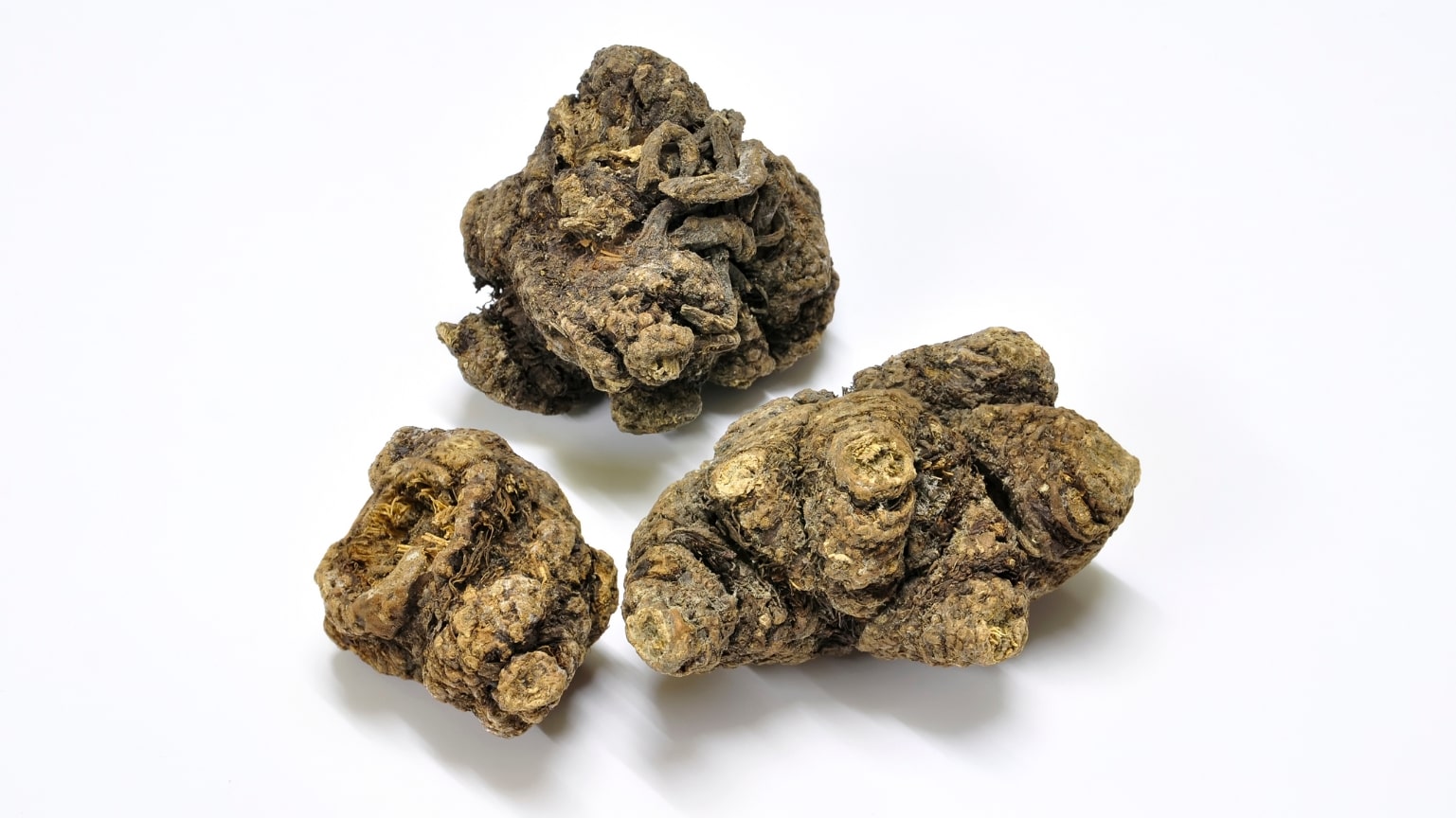
Introduction
Osha root is a Native American herb known for its warming, stimulating effect on the lungs. It helps clear mucus and improves oxygen uptake.
Ways to Use
- Tincture or syrup
- Brew in small amounts as tea (it’s very strong)
- Use in small doses during colds or flu
Recipe: Osha Tonic Syrup
Ingredients:
- 1 oz dried osha root
- 2 cups water
- 1 cup honey
Instructions:
- Simmer osha in water for 30 minutes.
- Strain and mix with honey.
- Take 1 tsp during respiratory infections.
Why You Should Try It
Osha is ideal for acute bronchial infections, congestion, and altitude breathing issues.
5. Elecampane (Inula helenium)

Introduction
Elecampane is known for its strong expectorant qualities and is especially good for persistent, wet coughs. It helps expel mucus and soothes the bronchial tubes.
Ways to Use
- Simmer into tea or decoction
- Use as a tincture
- Blend with mullein or licorice for lung formulas
Recipe: Elecampane Chest-Clearing Decoction
Ingredients:
- 1 tbsp dried elecampane root
- 2 cups water
Instructions:
- Simmer the root in water for 20 minutes.
- Strain and drink 1 cup twice daily.
Why You Should Try It
Great for chronic respiratory issues and productive coughs.
👉 Get organic elecampane root here — ideal for tea and tinctures.
6. Peppermint (Mentha piperita)
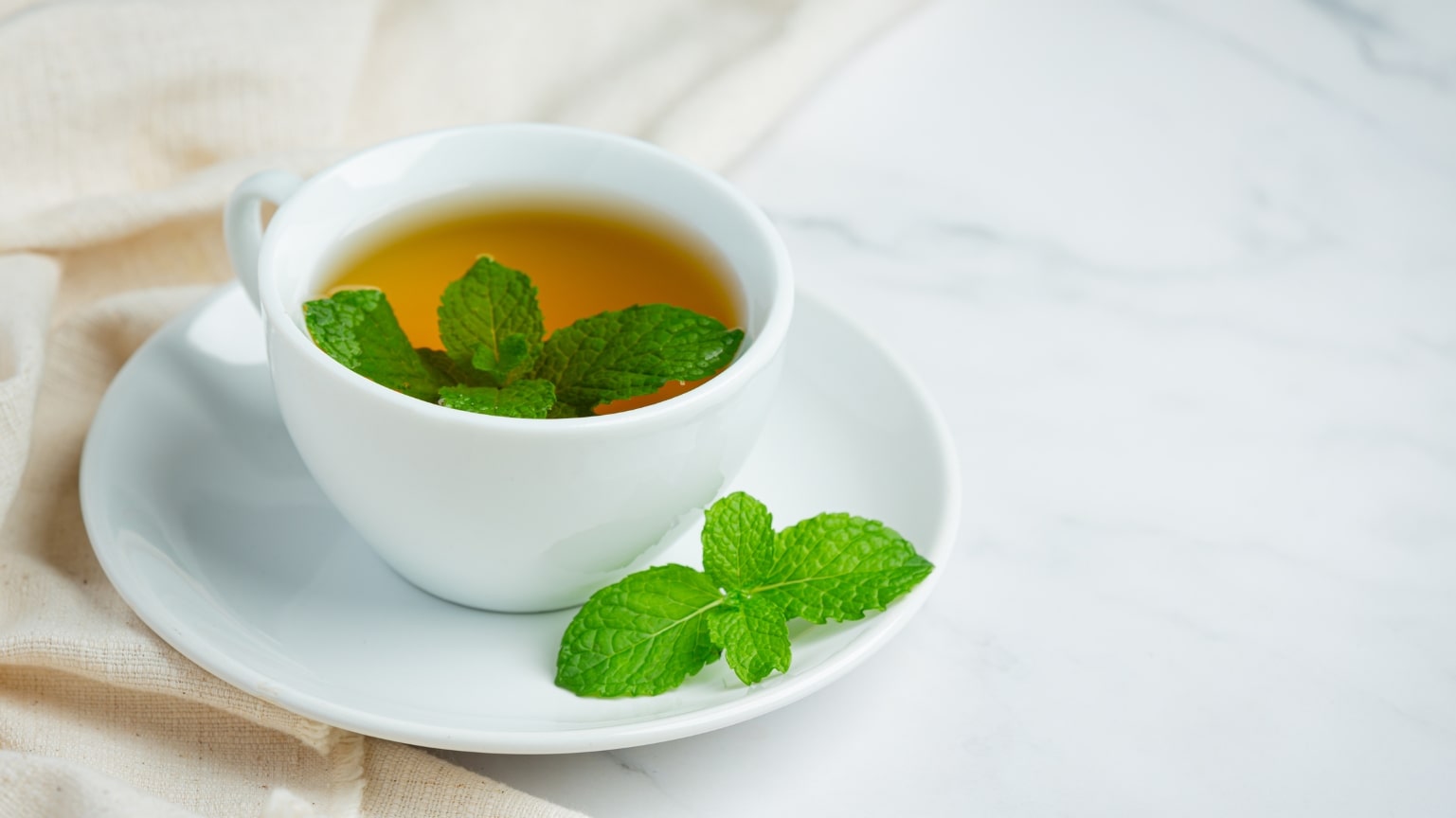
Introduction
Peppermint contains menthol, which relaxes the muscles of the respiratory tract and improves airflow. It also has antispasmodic and antibacterial properties.
Ways to Use
- Drink as tea
- Inhale peppermint essential oil
- Use in salves for chest rubs
Recipe: Cooling Peppermint Tea
Ingredients:
- 1 tbsp dried peppermint leaves
- 1 cup boiling water
Instructions:
- Steep for 10 minutes.
- Drink warm to ease breathing or cool to refresh.
Why You Should Try It
Peppermint offers quick relief for sinus pressure and mild bronchial constriction.
👉 Shop high-grade peppermint tea or oil here — a must-have for every herblobelia
al toolkit.
7. Lobelia (Lobelia inflata)
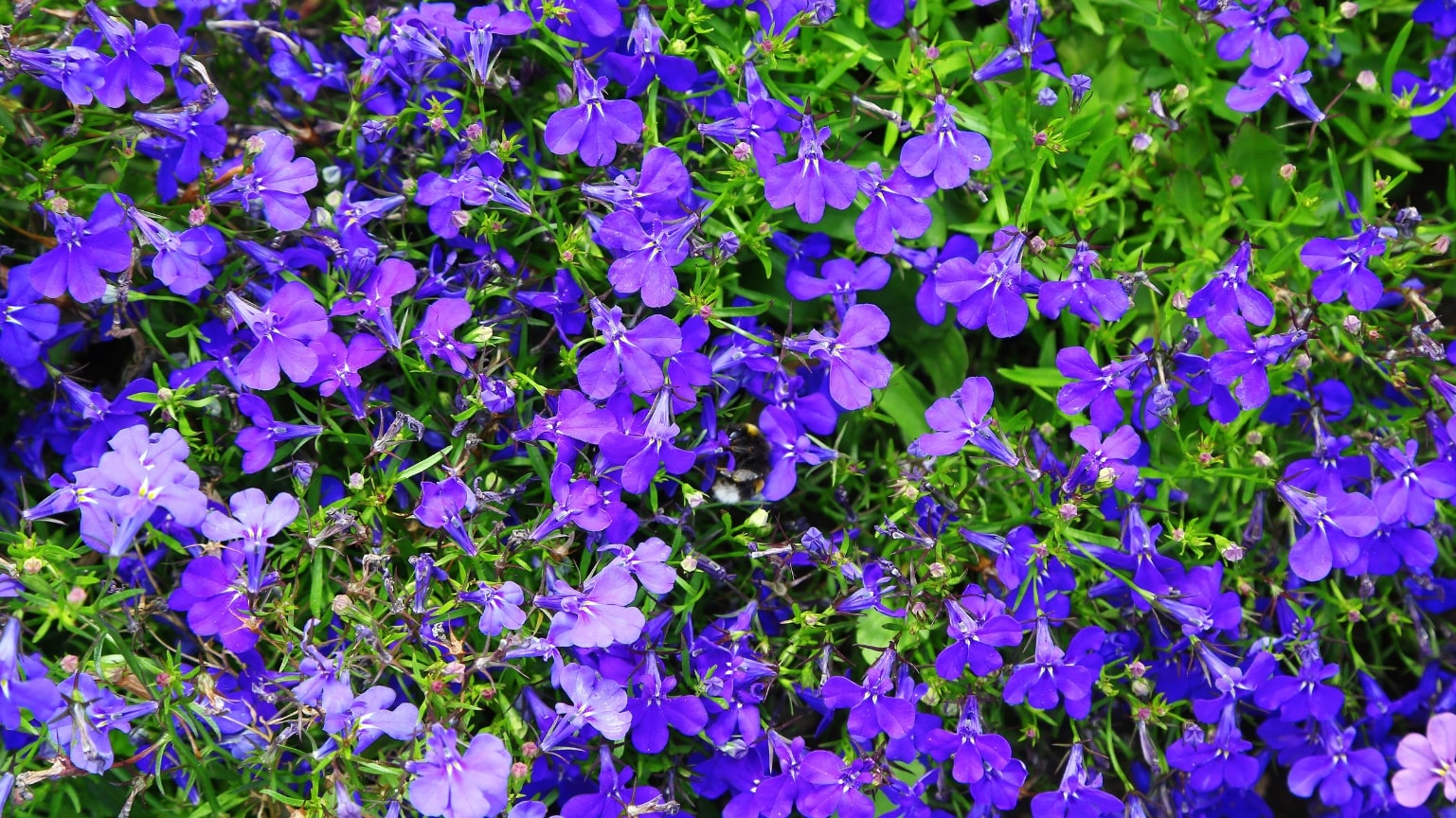
Introduction
Lobelia is a potent bronchodilator that helps open the airways and is often used for asthma or respiratory spasms.
Ways to Use
- Tincture in small, controlled doses (very potent)
- As part of herbal formulas with milder herbs
Recipe: Lobelia Respiratory Tincture (Advanced Users)
Note: Lobelia is strong and should only be used under guidance. Combine small amounts with milder herbs in tincture blends.
Why You Should Try It
Lobelia is known as “the thinking herb” for its powerful effect on lung muscles and breathing ease.
Conclusion
Herbs like mullein, thyme, licorice root, osha, elecampane, peppermint, and lobelia have time-tested benefits for lung and respiratory health. Whether you’re managing seasonal allergies, recovering from a cold, or simply wanting to support clearer breathing, these herbs offer natural, holistic support. Add them to your wellness routine through teas, tinctures, steams, or salves—and always choose high-quality, organic sources for maximum benefit.
👉 Explore our full range of lung-supporting herbs here and give your respiratory system the herbal care it deserves.
